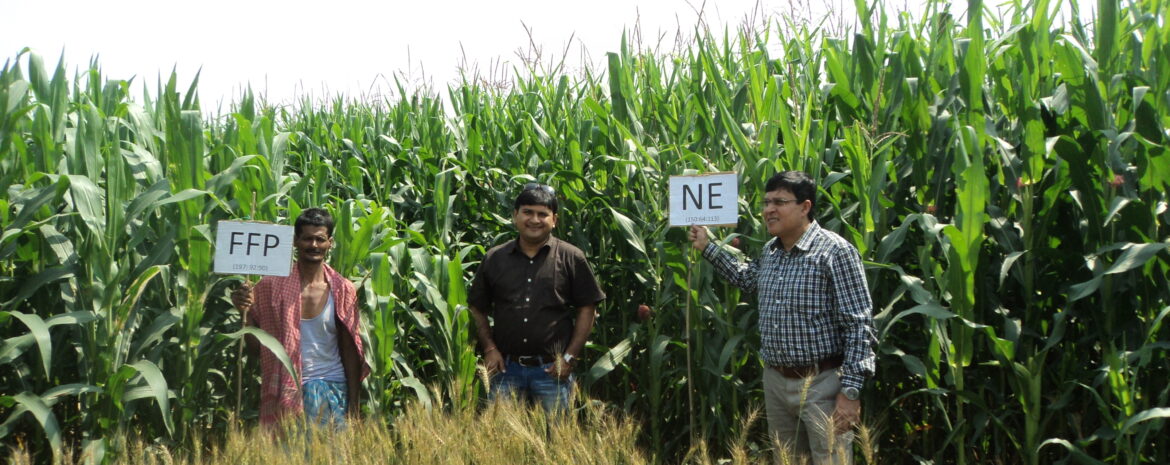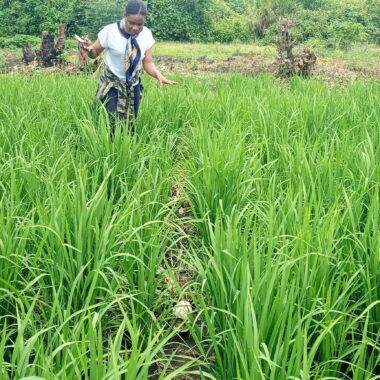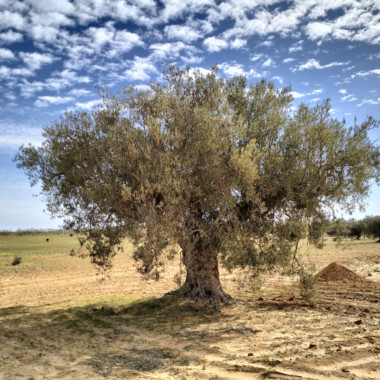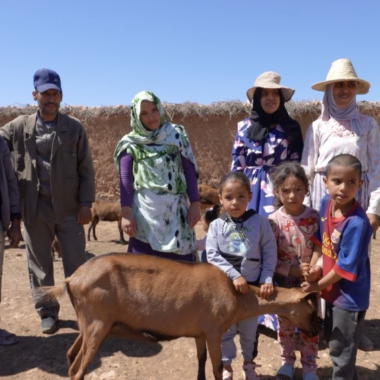Farm-centric research focuses on yield variability in Nepal’s smallholder cereal systems
On-farm, smallholder system research investigated an empowering, field-specific approach to cereal crop nutrition on the Eastern Indo-Gangetic Plain of Nepal; yield variability was best explained by gaps in soil nutrient supply that limited plant uptake.
Smallholder cereal crop systems are essential to food and nutritional security in most regions of the developing world. However, the productivity of most rice, maize and wheat fields is falling well short of its potential. One of the root causes is related to the inability of farmers to manage variability.
Farmers face a host of yield-robbing factors related to varying soil quality across the landscape and the unpredictability of crop response caused by a fluctuating climate.
Generalized decision support systems are inherently less effective at responding to variability. In the case of the nutrient application recommendation systems, national or even district-level recommendation systems often fall short because of their blanket approaches that are too rigid to adapt to a farmer’s unique set of circumstances.
Not only do these generalized systems produce less grain, but they also tend to waste a farm’s resources because of inefficient nutrient use. Continued reliance on these systems promotes soil nutrient imbalances that can increase the risk for environmental harm through greenhouse gas emission, groundwater contamination, or soil degradation.
A global team of researchers is focused on establishing viable alternatives to generalized approaches to nutrient applications. The results of their recent research published in the Elsevier journal Agricultural Systems describes a ‘site-specific’ strategy that did much to improve the outcomes obtained from a large network of smallholder cereal farms in Nepal.
“Past research tells us that proper nutrient management has the potential to double cereal yields in smallholder fields which has great potential to improve their viability and resilience,” explains Dr. Sudarshan Dutta, corresponding author and scientist with the African Plant Nutrition Institute (APNI). “Our farmer-centric approach centers around the identification of the best combinations of nutrient source, rate, timing, and placement for each farmer, along with the optimal dates for transplanting rice or sowing maize and wheat.”
Their research is based upon an on-farm decision-making tool called Nutrient Expert (NE). The software system is well-tested throughout South and Southeast Asia, China, and Sub-Saharan Africa and is proving to be an adaptable way of implementing a more precise form of nutrient management that is able to adjust to the unique mix of conditions faced by smallholder farmers.
In this study, researchers compared NE to the common generalized approaches such as common farmer practice and Government recommendations, while also testing an advanced statistical analysis designed to help explain cereal crop variability in this region.
Data was collected from plots receiving the different fertilization prescriptions and was plugged into a machine learning-based ‘Random Forest’ model designed to discover the dominant patterns amongst a long list of potential crop yield predictors. The result was a ranking for the major factors controlling rice, wheat and maize yields for each nutrient management strategy tested.
“Our introduction of machine learning represents an innovation towards helping to identify the key limitations across any nutrient management scheme,” explained Dutta.
A key finding of the study was the further validation of NE, which generated superior outcomes productivity, profitability, and nutrient use efficiency across the network of 600 on-farm trials.
The machine learning data crunching exercise clearly identified plant nutrient uptake as the best predictor of cereal crop yield variability. Nutrient Expert is a plant-based approach that determines crop-specific nutrient requirements based on known relationships between the plant nutrient uptake and yield.
Digging deeper, the analysis allowed the research team to better understand which of the major plant nutrients had the largest impact on rice, maize and wheat yields, and how the use of any recommendation system tends to shuffle the order of importance.
“A major goal of this research is to present a clearer picture to policymakers of the way forward,” explains Dr. Dutta. “We need to continue to focus on the development of credible, actionable, and responsive nutrient management systems for the smallholder cereal farmers in Indo-Gangetic Plain and beyond.”
###
Acknowledgment
This summary was extracted from the article published by Timsina et al. 2021. Improved nutrient management in cereals using Nutrient Expert and machine learning tools: Productivity, profitability and nutrient use efficiency. Agricultural Systems. https://doi.org/10.1016/j.agsy.2021.103181
The team above is comprised of researchers from the Global Evergreening Alliance, Melbourne, Australia; African Plant Nutrition Institute, Benguérir, Morocco; Mohammed VI Polytechnic University (UM6P), Benguérir, Morocco, African Sustainable Agriculture Research Institute (ASARI), UM6P, Laâyoune, Morocco; Agricultural and Food Engineering Department, Indian Institute of Technology Kharagpur, West Bengal, India; Forum for Rural Welfare and Agricultural Reform for Development (FORWARD), Chitwan, Nepal; Faculty of Agriculture, Far-western University, Tikapur, Nepal; Indian Council of Agricultural Research, Central Research Institute for Dryland Agriculture, Hyderabad, India; CIMMYT, Dhaka, Bangladesh; Institute for Study and Development Worldwide, Homebush West, Australia.
APNI Contributors: Gavin Sulewski, Editor, and Sudarshan Dutta, Scientist





